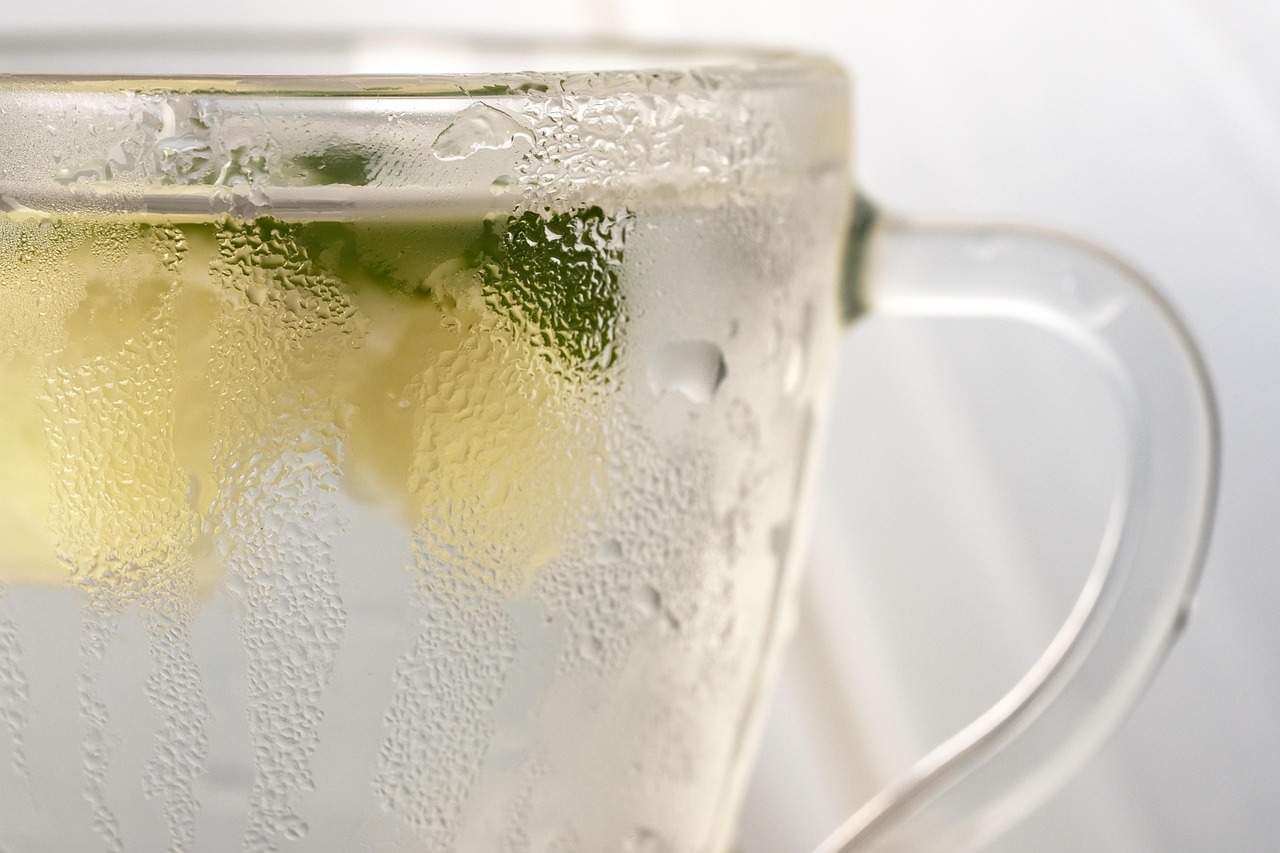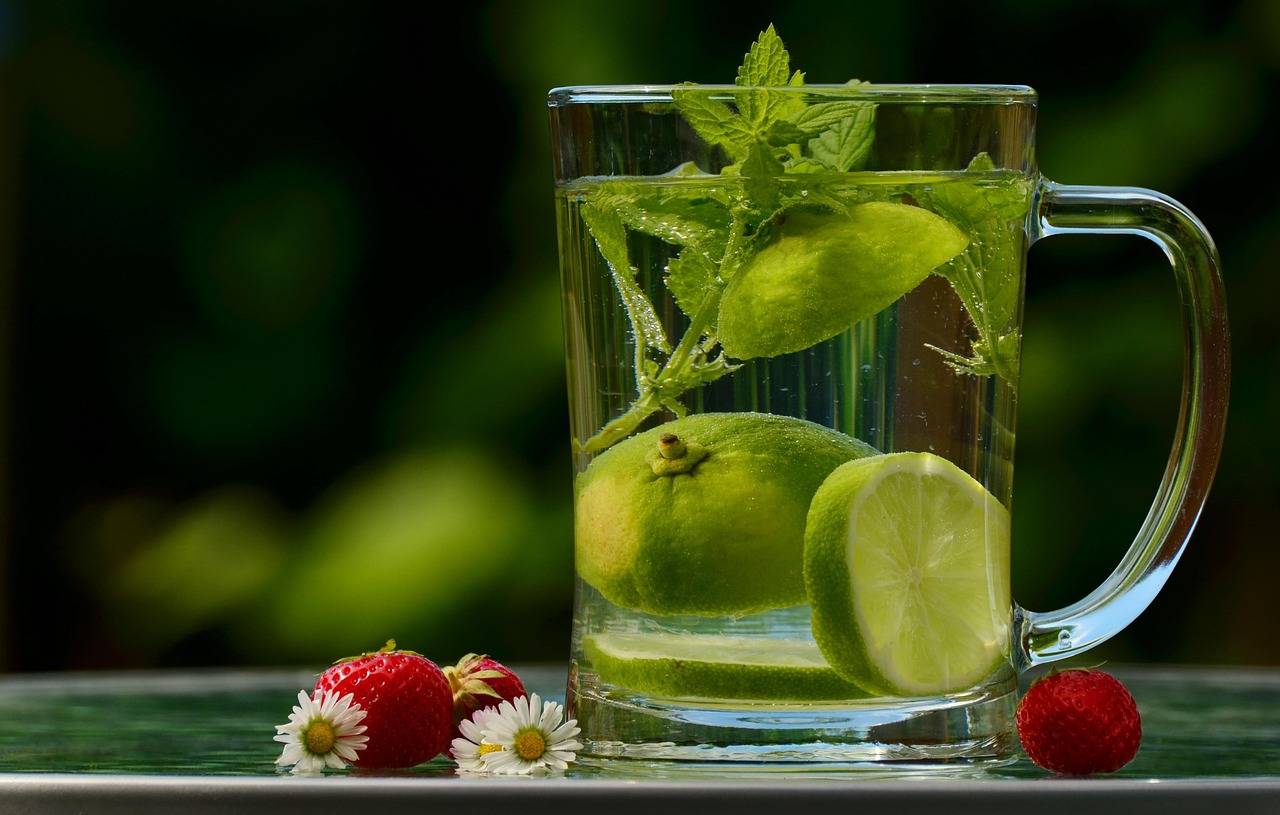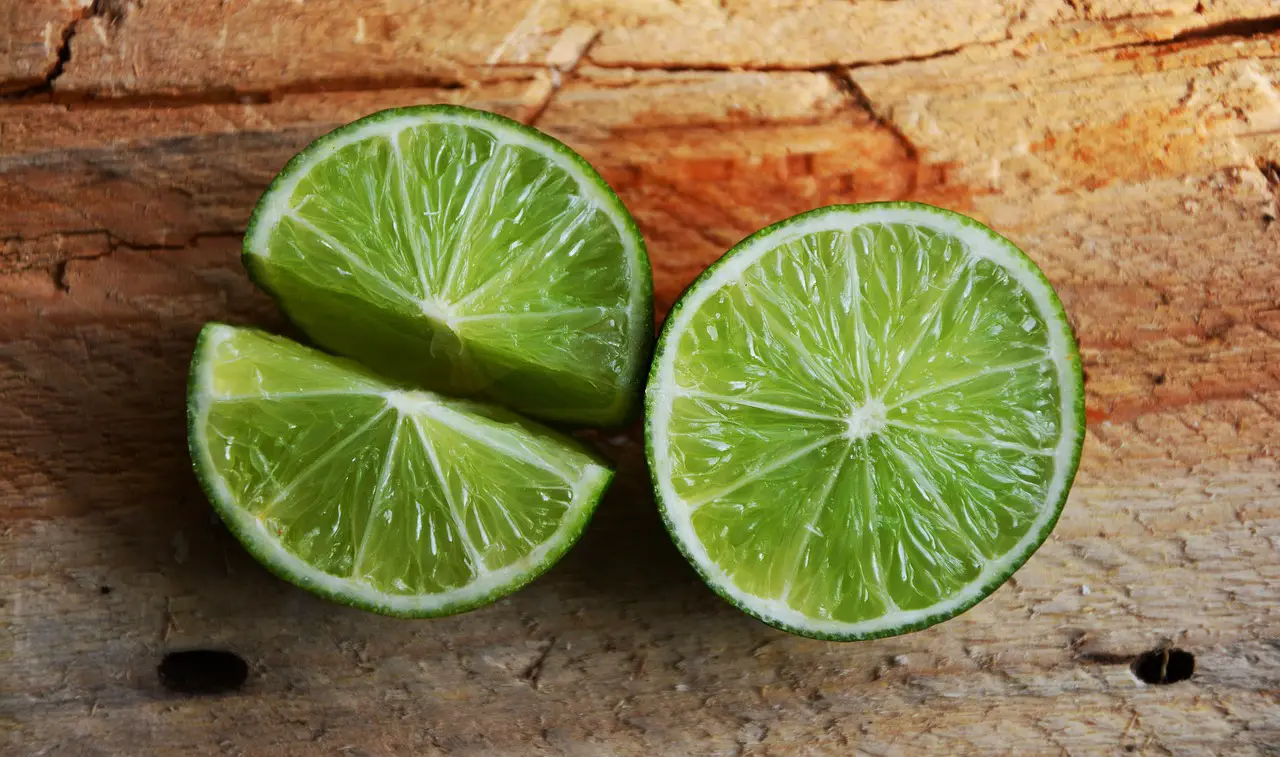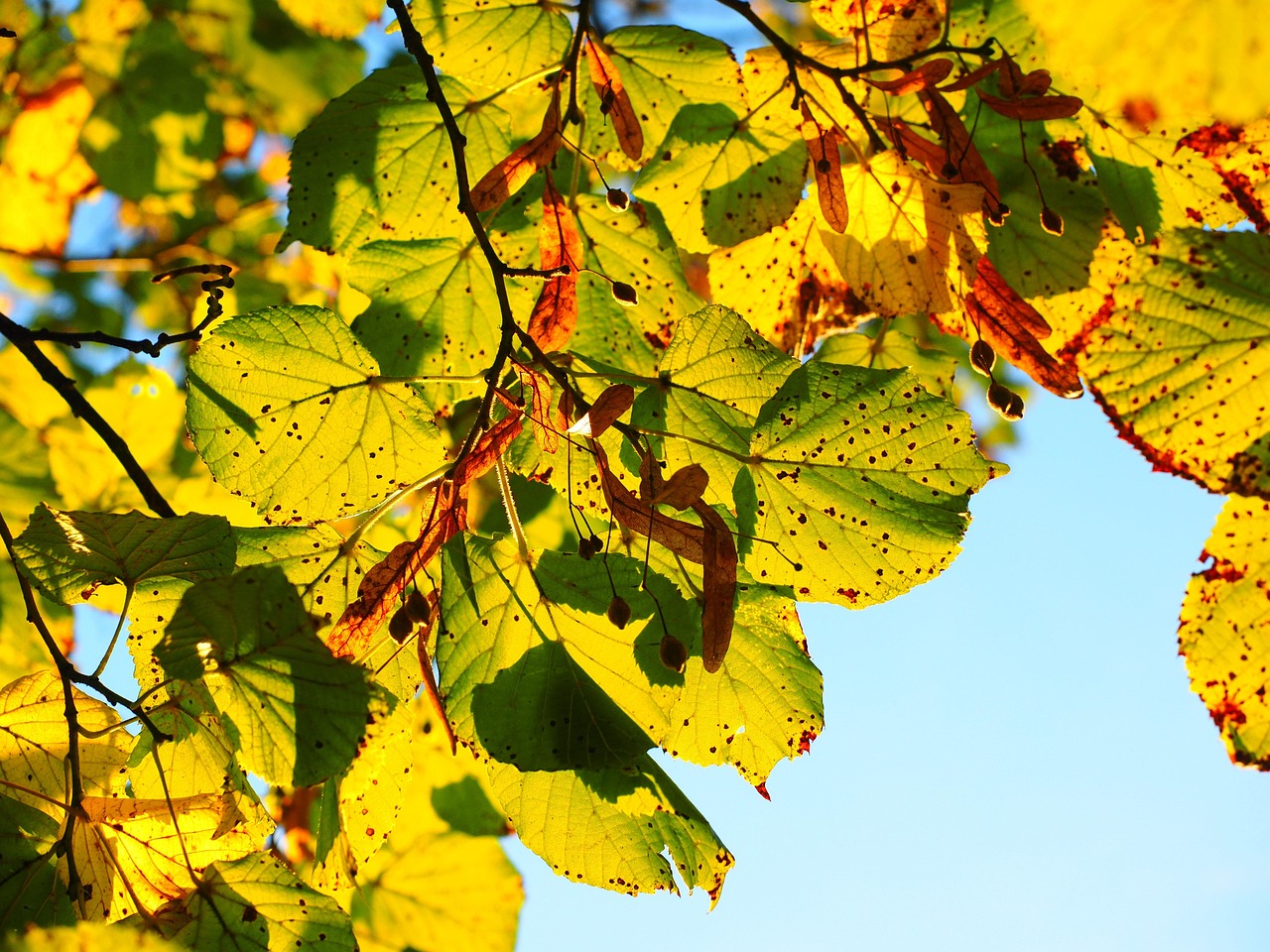Pruning lime trees on balconies and rooftops is essential for maintaining their health and maximizing fruit production. This process involves removing dead, damaged, or overcrowded branches to improve air circulation and sunlight exposure. Proper pruning techniques can also help shape the tree for aesthetic purposes.
Lime trees are a popular choice for balcony and rooftop gardening due to their compact size and aromatic fruits. These trees can thrive in containers, making them ideal for urban settings where space is limited. However, like all fruit-bearing plants, lime trees require regular care to ensure they flourish. Pruning is a critical aspect of this care, as it directly influences the tree’s growth and productivity.

Understanding the best time to prune lime trees is crucial. Typically, pruning should occur in late winter or early spring, just before the tree enters its active growing phase. This timing allows the tree to heal quickly and encourages new growth. Additionally, pruning during this period helps to promote fruiting in the upcoming season.
Benefits of Pruning Lime Trees
Pruning lime trees offers several advantages that contribute to their overall health and productivity. Here are some key benefits:
- Improved Air Circulation: Proper pruning opens up the canopy. This allows air to flow freely, reducing the risk of fungal diseases.
- Enhanced Sunlight Exposure: Trimming back dense areas ensures that all parts of the tree receive adequate sunlight, promoting better fruit development.
- Increased Fruit Yield: Eliminating weak or overcrowded branches encourages the tree to focus its energy on producing high-quality fruit.
- Better Shape and Structure: Regular pruning helps maintain a desirable shape, making the tree more visually appealing on your balcony or rooftop.
In addition to these benefits, pruning lime trees can also help manage their size, which is particularly important in limited spaces like balconies and rooftops. By controlling their height and spread, gardeners can prevent their lime trees from becoming unwieldy or obstructive.

Essential Pruning Tools
To effectively prune lime trees, having the right tools is essential. The following table lists some common tools used in pruning along with their specific purposes:
| Tool | Purpose |
|---|---|
| Hand Pruners | Ideal for cutting small branches and stems up to ¾ inch thick. |
| Loppers | Used for larger branches, typically up to 1½ inches thick. |
| Pruning Saw | Best for cutting thicker branches that cannot be handled by pruners or loppers. |
| Gloves | Protects hands from cuts and scratches while working. |
| Shears | Useful for shaping and trimming foliage. |
Having these tools on hand will make the pruning process smoother and more efficient. It is also important to keep your tools clean and sharp to ensure healthy cuts, which minimize stress on the tree.
Pruning Techniques for Lime Trees
When it comes to pruning lime trees, there are several techniques that can be employed. Each technique serves a specific purpose and can be chosen based on the desired outcome for your tree. Here are some common methods:

- Thinning: This technique involves removing entire branches back to their point of origin. Thinning helps open up the canopy and is beneficial for improving air circulation and light penetration.
- Heading Back: This method involves cutting back a branch to a bud or a lateral branch. Heading back encourages bushier growth and can help control the size of the tree.
- Deadwooding: As the name suggests, this technique involves removing dead or diseased wood from the tree. It is essential for preventing disease spread and encouraging healthy growth.
The choice of technique will depend on the specific needs of your lime tree. Observing the tree’s structure and health will guide you in determining how much and which parts to prune.
Overall, proper pruning of lime trees not only enhances their aesthetic appeal but also boosts their productivity. With the right knowledge and tools, you can ensure that your lime trees thrive on your balcony or rooftop garden.
Understanding the Growth Habits of Lime Trees
To effectively prune lime trees, it is essential to understand their growth habits. Lime trees are evergreen and can grow vigorously under the right conditions. They typically exhibit a bushy growth pattern, with multiple stems arising from the base. These characteristics make it crucial to manage their growth through proper pruning techniques.

In their natural habitat, lime trees can grow to be quite large. However, when grown in containers on balconies or rooftops, they are often kept smaller to fit the space. The growth habit of lime trees includes:
- Branch Development: Lime trees develop branches that can grow vertically and horizontally. This branching structure can become dense if not managed properly.
- Leaf Production: Lime trees produce lush, green foliage that can overshadow fruiting branches if left unpruned.
- Flowering and Fruiting: These trees bloom and produce fruit in cycles, making timing critical for effective pruning.
Timing Your Pruning
Timing is an important aspect of pruning lime trees. The optimal times for pruning are influenced by the tree’s growth cycle and local climate conditions. Here are key periods to consider:
- Late Winter to Early Spring: This is the most recommended time for pruning. The tree is still dormant, allowing for minimal stress during cuts.
- Post-Harvest: If your lime tree has produced fruit, consider pruning shortly after harvesting. This helps prepare the tree for the next growing season.
- Avoid Late Summer and Fall: Pruning during these seasons can stimulate new growth that may not have time to harden off before winter.
By aligning your pruning schedule with these periods, you can enhance the health and productivity of your lime tree. Monitoring local weather patterns can also assist in determining the best time to prune.
Common Mistakes in Pruning Lime Trees
Even seasoned gardeners can make mistakes when pruning lime trees. Being aware of common pitfalls can help improve your approach. Here are some mistakes to avoid:
- Over-Pruning: Removing too much foliage or too many branches can stress the tree and hinder its growth.
- Ignoring Tree Structure: Cutting branches without considering the tree’s natural shape can lead to unsightly growth patterns.
- Using Dull Tools: Dull tools can make ragged cuts, increasing the risk of disease and infection.
- Pruning Without a Plan: Approaching pruning haphazardly can result in poor outcomes. Always have a clear idea of what you want to achieve.
Avoiding these mistakes will ensure that your lime tree remains healthy and productive throughout its life.
Post-Pruning Care
Once you have completed the pruning process, providing proper care is vital for the tree’s recovery and continued growth. Here are some important post-pruning practices:
- Watering: Ensure that your lime tree receives adequate water following pruning. This helps to reduce stress and encourages new growth.
- Fertilizing: Applying a balanced fertilizer a few weeks after pruning can support recovery and promote healthy growth.
- Pest Inspection: Check for signs of pests or diseases after pruning. Early detection is crucial for managing any potential issues.
- Mulching: Adding a layer of mulch around the base of the tree helps retain moisture and suppress weeds.
These practices will create an environment that fosters healthy growth and prepares your lime tree for the upcoming growing season.
Recognizing Signs of Stress in Lime Trees
After pruning, it is important to monitor your lime tree for signs of stress. Recognizing these signs early can help you take corrective actions quickly. Common indicators of stress include:
- Wilting Leaves: Leaves that appear limp or droopy may indicate insufficient water or root damage.
- Yellowing Foliage: Yellow leaves can signify nutrient deficiencies or overwatering issues.
- Pest Infestation: Look for signs of pests such as aphids or spider mites, which can stress the tree further.
- Poor New Growth: If new shoots appear weak or sparse, it may be a sign that the tree is struggling to recover.
Taking immediate action upon noticing these signs can help mitigate further damage and encourage your lime tree’s recovery.
Choosing the Right Lime Varieties for Container Gardening
When planning to grow lime trees on balconies or rooftops, selecting the right variety is crucial. Some lime varieties are better suited for container gardening than others. Here are a few popular options:
- Key Lime (Citrus aurantiifolia): A small, flavorful fruit known for its tartness. This variety grows well in pots and is ideal for small spaces.
- Persian Lime (Citrus latifolia): Larger than Key limes, this variety is popular for its juicy fruit and vigorous growth. It may require more space but adapts well to container life.
- Kaffir Lime (Citrus hystrix): Known for its aromatic leaves, Kaffir limes are used in cooking. This variety also does well in pots and offers culinary benefits.
Selecting a variety that fits your space and culinary needs will enhance your gardening experience and ensure a fruitful harvest.
Container Gardening Essentials for Lime Trees
Growing lime trees in containers on balconies and rooftops requires specific considerations to ensure their health and productivity. Understanding the essentials of container gardening will help you create an ideal environment for your lime trees. Below are some key factors to consider:
Choosing the Right Container
The container you choose can significantly affect the growth of your lime tree. Here are important aspects to consider when selecting a container:
- Size: Select a container that is at least 12-18 inches in diameter for smaller varieties and larger for bigger types. This provides ample space for root growth.
- Material: Containers can be made from various materials such as ceramic, plastic, or wood. Ensure the material is durable and suitable for outdoor conditions.
- Drainage: Proper drainage is critical. Choose containers with drainage holes to prevent waterlogging, which can lead to root rot.
Using larger containers not only supports healthy root development but also helps retain moisture, which is particularly beneficial during hot months.
Soil Requirements
The right soil mix is vital for the success of lime trees in containers. Lime trees prefer well-draining soil that retains some moisture while allowing excess water to escape. Here are some recommendations for soil:
- Potting Mix: Use a high-quality potting mix designed for citrus plants or fruit trees. These mixes typically have the right balance of nutrients and drainage.
- Amendments: Consider adding perlite or coarse sand to enhance drainage. This helps prevent compaction and allows air to reach the roots.
- pH Level: Lime trees thrive in slightly acidic to neutral soil (pH 5.5 to 7.0). Test your soil’s pH periodically and amend it if necessary.
Watering Practices
Watering is fundamental to the health of your lime tree. Proper watering practices can prevent both under-watering and over-watering, which may harm the tree. Here are some tips:
- Frequency: Water your lime tree when the top inch of soil feels dry to the touch. This may vary based on weather conditions.
- Deep Watering: Water deeply, allowing water to penetrate the root zone. Avoid frequent light watering as it can lead to shallow root systems.
- Seasonal Adjustments: In hot summer months, you may need to water more frequently, while during cooler months, reduce watering accordingly.
Nutritional Needs of Lime Trees
Nourishing your lime tree with the right nutrients is essential for its growth and fruit production. Lime trees require a balanced fertilizer that provides essential macro and micronutrients. Here’s how to meet their nutritional needs:
Fertilization Schedule
A regular fertilization schedule will help maintain optimal nutrient levels in the soil. Here are guidelines for fertilizing lime trees:
- Spring Feeding: Apply a balanced fertilizer as new growth begins in spring. This provides the necessary nutrients for the growing season.
- Summer Boost: Consider a mid-summer application of fertilizer to support fruit development.
- Fall Maintenance: Reduce fertilization in late fall as the tree prepares for dormancy.
Types of Fertilizers
You can choose between organic and synthetic fertilizers based on your gardening preferences. Here are some common options:
| Type of Fertilizer | Description |
|---|---|
| Granular Fertilizer | This slow-release option provides nutrients over time, making it convenient for container plants. |
| Liquid Fertilizer | These fertilizers offer quick nutrient uptake and can be applied every few weeks during the growing season. |
| Organic Options | Compost or well-rotted manure enriches the soil with nutrients while improving its structure. |
Pest and Disease Management
Inevitably, pests and diseases may threaten your lime tree’s health. Being proactive about prevention and management is key. Here are common pests and diseases to watch for:
Common Pests
- Aphids: Small green or black insects that suck sap from leaves, leading to wilting and stunted growth.
- Spider Mites: Tiny spiders that cause stippling on leaves and can produce webbing if infestations are severe.
- Citrus Leaf Miner: Larvae that tunnel through leaves, causing damage and potential leaf drop.
Disease Prevention
The following practices can help minimize disease risks:
- Avoid Overhead Watering: Water at the base of the tree to keep leaves dry and reduce fungal infections.
- Maintain Good Airflow: Prune to open up the canopy, which improves airflow and reduces humidity around the leaves.
- Regular Inspections: Check your trees frequently for signs of pests or diseases so you can address issues early.
If pests or diseases do appear, consider using organic insecticidal soap or neem oil as treatment options, which are safer for both the plant and the environment.
Seasonal Care for Lime Trees
After pruning and addressing pest management, seasonal care becomes crucial for the vitality of your lime trees. Each season presents unique challenges and opportunities for growth. Here’s how to care for your lime trees throughout the year:
Spring Care
Spring is a time of rejuvenation for lime trees. As temperatures rise, it is essential to ensure your trees are ready for the growing season:
- Fertilizing: Apply a balanced fertilizer to promote healthy growth and fruiting. Ensuring the soil is rich in nutrients will support new foliage and blossoms.
- Watering: Increase watering frequency as temperatures rise. Monitor soil moisture to prevent drought stress.
- Pest Monitoring: Keep an eye out for pests as they become active with warmer weather. Early detection can make management easier.
Summer Care
Summer brings heat and longer days, which can be both beneficial and challenging for lime trees:
- Consistent Watering: During hot months, check soil moisture regularly. Water deeply and ensure the container drains well.
- Sun Protection: In extreme heat, consider providing some shade to prevent leaf burn. This can be achieved with shade cloth or by moving the container.
- Pruning for Shape: If necessary, lightly prune any excess growth to maintain shape and encourage airflow.
Autumn Care
As summer transitions to fall, your lime trees will start preparing for dormancy. Here are important autumn care tips:
- Reduce Watering: Gradually decrease watering as temperatures drop, ensuring not to overwater.
- Final Fertilization: Apply a light feeding of fertilizer before the first frost to provide nutrients for the coming dormant season.
- Pest Checks: Continue to monitor for pests and diseases, as some may become more pronounced as the weather cools.
Winter Care
In winter, lime trees generally enter dormancy. However, they still require care to ensure their survival through colder months:
- Indoor Placement: If temperatures drop below freezing, consider bringing potted lime trees indoors or into a sheltered area.
- Minimal Watering: Water sparingly during dormancy. Overwatering can lead to root rot as growth slows down.
- Light Requirements: Ensure that indoor trees receive adequate light. A south-facing window is ideal for maintaining healthy foliage.
Final Thoughts
Pruning lime trees on balconies and rooftops is a rewarding endeavor that enhances both the aesthetic value and productivity of your urban garden. With proper techniques and seasonal care, you can ensure that your lime trees grow healthy and thrive in limited spaces.
The key takeaways include understanding the specific growth habits of lime trees, timing your pruning correctly, selecting suitable varieties, and providing necessary care throughout the seasons. By monitoring for pests and diseases and following best practices in watering and fertilization, you set the stage for a fruitful harvest.
Your efforts will not only yield delicious limes but also contribute to a vibrant green space in your home. Enjoy the journey of cultivating your lime trees, and don’t hesitate to experiment with different pruning techniques or care strategies as you learn what works best for your unique environment.
Ultimately, whether you’re an experienced gardener or someone new to container gardening, the joy of growing your own limes can be immensely satisfying. Embrace the process and relish the fruits of your labor!
